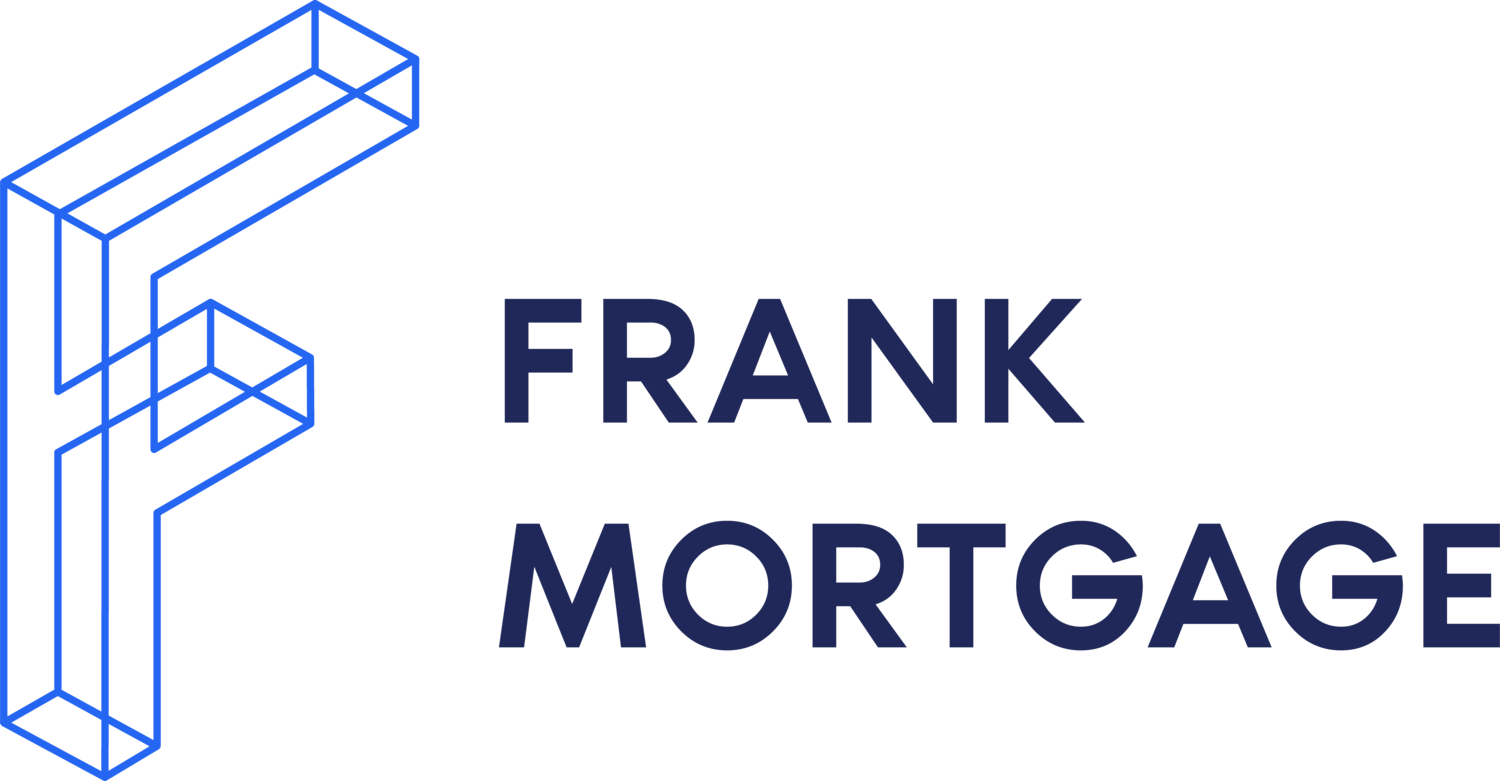Feeling Triggered?
What are Trigger Rates and Trigger Points for Variable Rate Mortgages?
Variable-rate mortgages have been a popular option among home buyers for the past few years. In the first half of 2022, variable mortgages comprised about 55% of the total market. Historically that number has tended to be at or below 30%. The attraction of low interest rates and the benefit of qualifying for a larger mortgage enticed many mortgage borrowers to take on the additional risks of a variable rate mortgage.
Many Canadians have downplayed the risks inherent in variable-rate mortgages. Assured by the Bank of Canada that rates would stay low for a long time and encouraged by their mortgage brokers and advisors, mortgage borrowers have taken a gamble with interest rates in increasing numbers. Variable-rate mortgage products come with a variable interest rate that changes according to the prime lending rate, which is in turn directly impacted by the Bank of Canada. The Bank of Canada has now raised rates five times in 2022 for a total increase of 3.0%. Likely now wishing that they had locked in a fixed-rate mortgage, borrowers that took out a variable-rate mortgage in the past two or three years are dealing with the risk of these mortgages.
Those with adjustable-rate mortgages have seen their payments increase dramatically. Those with variable-rate mortgages have static payments but are now coming to realize that there are circumstances where that can change. Some of the contractual terms of these mortgages are not well understood. Never heard of a trigger rate or a trigger point before? You are not alone.
What is a Trigger Rate?
For a variable-rate mortgage, the trigger rate is the interest rate at which the static payment no longer covers the interest portion of a mortgage payment. Your mortgage payment consists of a principal component and an interest component. When the interest rate increases to a certain level, your variable-rate mortgage payment may no longer be enough to cover the amount of interest owing. This means that your mortgage payment is not paying down any principal, and the principal balance of your mortgage can increase.
If you got your variable-rate mortgage through a mortgage broker, you most likely have an adjustable-rate mortgage, where the monthly payment changes as the Prime Rate changes. Four of the big six banks offer static payment variable-rate mortgages (RBC, CIBC, TD and BMO) as do a few credit unions. You may not be required to do anything if your trigger rate is reached but your lender will likely contact you to discuss solutions. It is worth considering increasing your mortgage payment so you can continue to amortize your mortgage to avoid the adverse outcomes of negative amortization (your principal balance increasing) or potentially reaching the Trigger Point.
What is a Trigger Point?
The trigger point for your variable-rate mortgage can vary depending on which lender you are with. In general, the trigger point will be reached if the outstanding principal balance (including any capitalized interest) is higher than the original principal balance of your mortgage. With some lenders it is set at a certain loan-to-value ratio. If this happens, your bank will contact you to resolve the situation. The most likely solutions will be either 1) you make a lump sum payment of principal to bring your mortgage balance back below the original balance, 2) you increase your monthly payment amount to pay down principal according to your original amortization schedule, or 3) you convert your mortgage to a fixed rate mortgage.
Have a Static Payment Variable-Rate Mortgage? Here is What You Should Do
Those of you with a static payment variable-rate mortgage should do the following:
Check your mortgage documents to determine exactly what your trigger rate is and to understand when the trigger point may occur;
Talk to your lender to discuss what alternatives are available to you if either the trigger rate or trigger point are reached. Every bank handles trigger rates in their own way and sets the trigger rates and trigger points independently;
Even if your trigger rate has not yet been reached, consider taking action now to avoid an unpleasant surprise at the time of mortgage renewal.
Be proactive. If you can, increase your payment today to avoid reaching your trigger rate and to continue amortizing your mortgage. It is important to understand whether you are proactive today or not, you will be required to bring your mortgage back to its original amortization schedule when it renews. If you do nothing now, then you may be faced with making a material lump sum payment on renewal to get this done. Increasing payments now would spread out the payments and may be the better option.
Never Heard of Trigger Rates Before?
The existence of trigger rates and trigger points was hidden below the surface for some time. While rates were low, no one gave them much consideration. Now that they are being realized, they are a significant concern for many.
When originating a mortgage, your and your advisors are primarily concerned with the things you need to deal with to get the mortgage. Lulled into a sense of complacency by an extended period of declining and low interest rates, a discussion about the risks inherent in variable-rate mortgages was often brief. Trigger rates and trigger points did not seem important. In fact, many mortgage brokers and advisors did not even know they existed. It is important for you as a borrower to read your mortgage contract before signing it and to ask you mortgage broker what risks exist that may be of concern during the term of the mortgage.
Variable-Rate Mortgages are Risky
Just because a variable-rate mortgage has a static payment does not mean that you are not exposed to interest rates. It is important to understand that if rates increase it will cost you more, regardless of whether you have an adjustable-rate mortgage or a variable-rate mortgage.
An adjustable-rate mortgage provides more immediate feedback since the rate on the mortgage will change as the Prime Rate changes. Your static variable-rate mortgage payment will not change right away but more of the payment will be going to interest and less to principal as rates increase. This means that it will take you longer to pay off your mortgage and result in you paying more interest over the life of the mortgage. The consequences of higher rates are just deferred.
Can a Variable-Rate Mortgage Benefit You?
A variable-rate mortgage may be right for you if:
You have a higher risk tolerance that allows you to accept the risk of higher interest rates;
You are at the beginning of your career and/or expect your income to materially increase over time, allowing you to make large prepayments on the mortgage;
You plan to sell your home before the mortgage term expires;
You are a home buyer and the lower variable mortgage rate allows you to afford a larger house. You should only do this if you have the financial resources to pay more for your mortgage if rates increase; or
You are financially sophisticated and have a strong view that rates will not increase or may even decrease. This is a risky view to take and with it you must also have the financial resources to pay more for your mortgage if your interest rate view is incorrect.
Numbers 2 and 3 above are situations where a variable-rate mortgage may be better because the prepayment penalties on fixed rate mortgages can be significant. Either 2 or 3 would attract a prepayment penalty.
The lower interest rate of a variable-rate mortgage has been the main benefit recently. Now that rates have risen, that benefit has been erased. If you believe that interest rates will decline and can afford to take that bet, then a variable-rate mortgage can allow to take advantage of declining rates. But that is a gamble that does not always work out. Lower prepayment penalties with variable-rate mortgages may also be a benefit you value. There are benefits to variable-rate mortgages, but these are offset by the risk that rates may increase, causing you to pay more for your mortgage than expected.
Final Words: Is a Variable-Rate Mortgage Right for You?
The decision on whether to take a fixed-rate or variable-rate mortgage depends on your budget and your tolerance for risk. Try not to base your decision on a prediction about where interest rates are going to be in the future. None of us can predict that accurately.
Take a close look at the features of each mortgage product and make the best decision for you. Understand that if rates increase, the cost of a variable-rate mortgage will increase, be it either an adjustable-rate mortgage or a variable-rate mortgage. Read your mortgage contract so you understand often overlooked issues like trigger rates and trigger points.
It is your decision to make but if you want to talk to someone about whether fixed or variable is right for you, our team at Frank Mortgage is always here to help. If you have a variable-rate mortgage and are dealing with a trigger rate or trigger point, we would be happy to help you determine your alternatives. Simply call us at 1-888-850-1337 or go to www.frankmortgage.com where you can book a consultation with a licensed mortgage expert.

Don Scott
Don Scott is the founder of a challenger mortgage brokerage that is focused on improving access to mortgages. We can eliminate traditional biases and market restrictions through the use of technology to deliver a mortgage experience focused on the customer. Frankly, getting a mortgage doesn't have to be stressful.
Connect with Don on LinkedIn!


